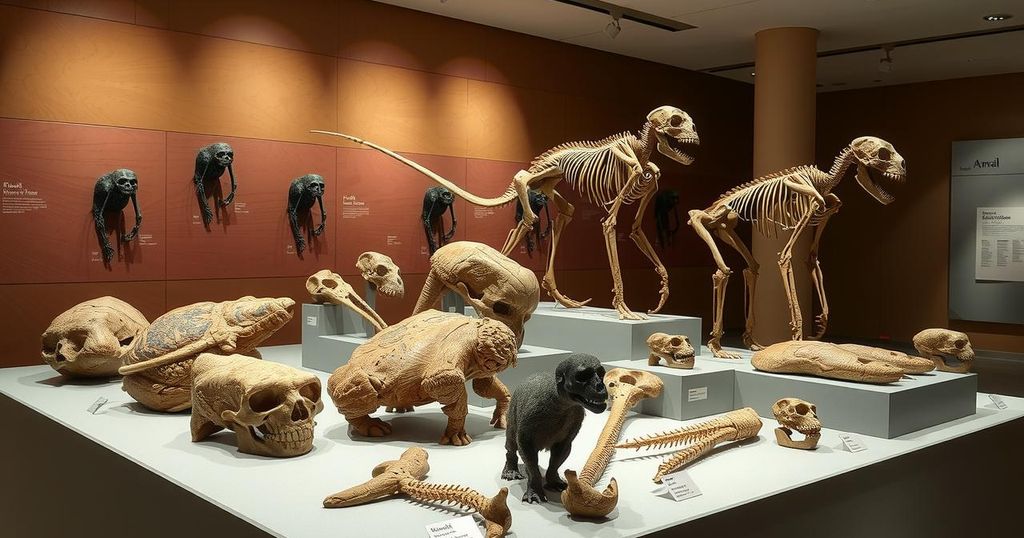Women in Science: A Call for Defiance and Inclusion
A guest essay discusses the struggle women face in balancing careers in science with motherhood. The author shares her experiences of silence around pregnancy in academia and highlights a study showing many female scientists leave after their first child. She advocates for bringing children on expeditions as a way to blend family life with scientific work, suggesting a rebellion against restrictive norms in a traditionally male-dominated field.
In the world of science, there’s an unspoken dilemma. For many women, the dialogue seems to boil down to one painful question: pursue a career or start a family? Seventeen years ago, I found myself grappling with this very message at my first academic job post-Ph.D. in evolutionary biology. A senior colleague’s assertion during a meeting rang in my ears, labeling pregnant women as a financial burden. For me, seated prominently pregnant that day, silence from my peers was deafening.
After my daughter was born, I took a leave to embrace motherhood. A couple of years later, life threw me a curveball—I was pregnant again, this time with a son. Faced with the worry that another leave could sink my professional aspirations, I pressed on without a break. Just weeks after giving birth, I found myself on a nine-hour flight, my newborn strapped to my chest, headed to deliver a talk. I attempted humor, warning my audience of potential “brain fog.” An older female colleague later advised me against self-deprecation, a moment that made me question if I was failing at both being a scientist and a mom.
Research backs up my struggles. A study from 2019 revealed that over 40 percent of female scientists in the U.S. exit full-time roles after having their first child. In the global arena, men dominated with around 70 percent of research positions in 2016. For those of us doing fieldwork—collecting data in remote and sometimes hazardous places—the balancing act between motherhood and career can feel particularly daunting.
So, how have I navigated this challenging landscape? With an act of what I call academic defiance. I’ve chosen to bring my children along on scientific expeditions. It’s a form of rebellion accessible not just to mothers in the sciences, but across various fields such as architecture and journalism. It asserts that inclusion doesn’t just happen in theory but can manifest in practice in the everyday.
This journey began as a necessity rather than an ideological stand. When my son was almost two and my daughter was just shy of four, I decided to take them on an expedition to study how fungi assist trees in defending against the grazing of elephants and giraffes at the base of Mount Kenya. At that time, my son was still nursing, and I wasn’t ready to halt my work. Luckily, my husband—a poet—joined us, staying at base camp to care for the kids while I ventured into the field.
The experience taught me that integration of family and career, while challenging, is doable. It doesn’t have to be a one-off event relegated to a few days a year. It can involve embracing the chaos that comes with kids while pursuing our scientific endeavors. This approach may not work for everyone, but it certainly opens doors to new possibilities.
Defying the traditional boundaries can sometimes lead to unexpected joys, both in parenthood and in professional pursuits. Sentiments surrounding women in science are shifting, albeit slowly, and it’s essential that we keep pushing for a more inclusive environment. After all, it’s not just about succeeding in science but also paving the way for future generations to thrive in both fields without having to choose between them.
In summary, the struggle many women face in the scientific arena—balancing career and motherhood—is highlighted through personal narrative. By sharing her experience of defiance, bringing kids to work, the author argues for a reevaluation of workplace culture. Ultimately, fostering an inclusive environment and breaking traditional norms can pave the path for future scientists, ensuring they don’t have to choose between passion and family. After all, combining these roles may just enrich both lives and careers.
Original Source: www.nytimes.com




Post Comment